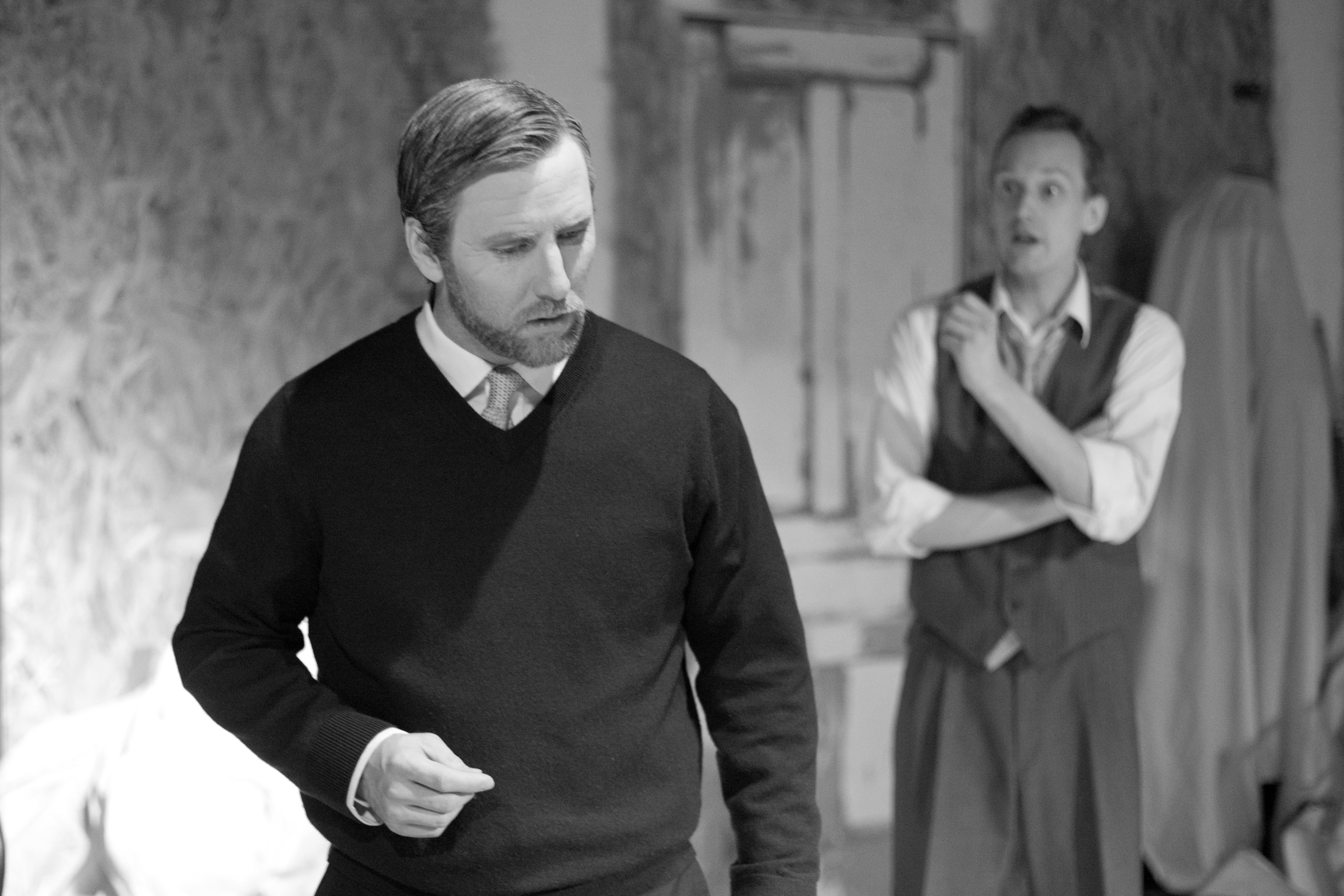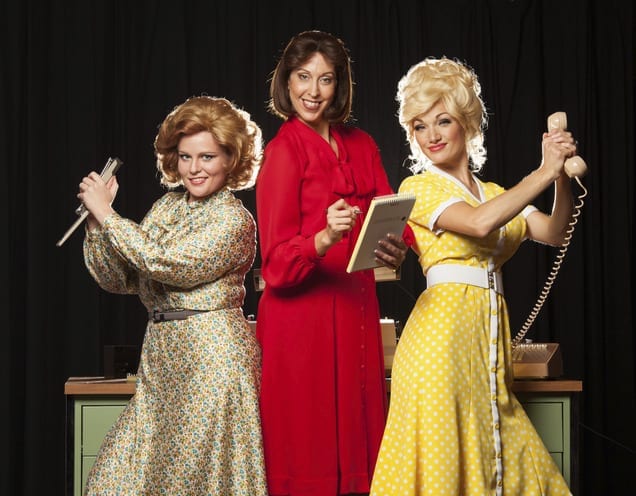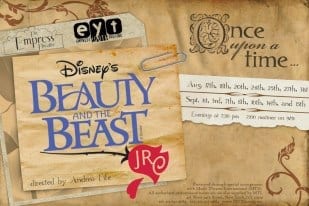PROVO — There is a new theater open in Provo, and its first show, The Woman in Black, is utterly brilliant. I applaud the fact that within a month’s time the space was made performance-ready and a wonderful show rehearsed and opened. Congratulations to all those involved in the creation of the Echo Theatre.
The Woman in Black (adapted by Stephen Mallatratt from the book by Susan Hill) tells the story of Arthur Kipps, a young solicitor in 19th century England who is assigned to sort through the papers of a Mrs. Alice Drablow, who has recently passed away. He travels to a remote village, then to her even more remote home that can only be reached when low tide reveals the road to the island the house sits upon. He soon discovers that the house and the town are haunted by a women in black. When she is seen, tragedy follows.
There are only two actors in this piece, and both did an incredible job. Arthur Kipps, played by Christopher Davis (who also directed the piece) was on stage essentially for two hours straight. I was struck by the energy he had, no matter what was happening. He went from jovial and carefree to utterly terrified and back again without letting his energy drop. At one point, Kipps is trapped in the house at night with the woman in black running rampant. The lights were off and all he had was a flashlight. Although he was alone on stage for most of this scene (the woman in black came and went) and there was little light to see by, Davis’ energy filled the room. I could feel his terror as he ran about the stage trying to decide what to do. I did not need to see him clearly; his presence and voice were enough to carry the scene. Even though I knew I was sitting in a theater and watching a play, I was curled up an a terrified ball waiting for the lights to come back on: Davis had me that convinced something bad was happening.
All the other parts were played by Patrick Kintz. I was impressed with his flexibility as he played the many different people that Kipps interacted with. My favorite character of his was the driver who said nothing. Kintz transformed into a tired man who had seen tragedy and carried the weight of it with him. You could see heaviness in how he moved and how little interest he had for the world. One of the more amusing parts of the show was when this driver was taking Kipps out to Mrs. Drablow’s house. Kipps kept trying to make conversation, but the driver didn’t respond. He didn’t just not answer, he didn’t look at Kipps, nod, grunt, didn’t acknowledge him in any way. It made for awkward silences that were entertaining. Kintz made great use of silence in this character.
Both actors had to interact with things that weren’t there, which can be difficult to do. But both were very specific in handling objects that were not present, making it clear to the audience what was happening. The Echo Theatre is a small space and had a very basic set. So things like doors generally had to be pantomimed. Davis and Kintz were clear about where the doorknobs were, which way the door opened, and closing the door behind them. The clarity made it much easier to understand the a setting we couldn’t see. There was also a dog that both men interacted with. Sadly, there was no dog on stage, but each talked to it, pet it and carried it around. Kipps even pulled it out of a bog. Because of the actor’s discipline in dealing with the dog, I knew what size the dog was and always where it was. At one point, Kintz was down on his knees calling it, and I found myself leaning over to look for it, because he convinced me that there was a dog there.
The sound for this show was interesting, and much more complex than I would have expected. There were recorded sounds (edited by Julianna Blake and Jeff Blake, with technician Nate Drew) and live sounds (designed and performed by Nathan Evans, Andrea Jakeman, Jared Knight, Lela Kovalenko and Eden Moss) which added a lot to the atmosphere of the piece. I especially loved the crack of the pantomimed whip and the beginning of horse hooves on the ground that weres heard every time Kintz as the driver started the horse-drawn cart. The timing on this was right on every time. The most impressive use of live sound was during the scene where Kipps is alone in the house at night. The room he is in starts to shake, and there were people standing behind the set walls banging and pounding, making it sound as though the room is going to cave in on top of him. It was a great use of live sound and of the space.
The Woman in Black is a wonderful piece of theatre. There were moments where I was laughing and moments where I wanted to scream in fear. The acting was suburb, the sound design and use of the space excellent. If you are interested in the story of The Woman in Black, or just looking for a good show, go to the Echo Theatre.
Update: An additional encore performance of The Woman in Black has been scheduled for Saturday, March 24 at 7 PM at the Echo Theatre. Tickets are $7-10.






